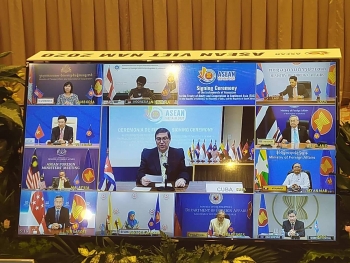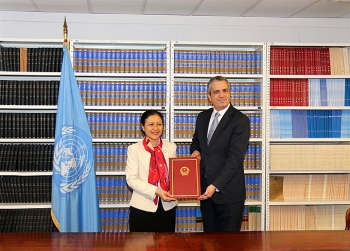Russian parliament votes to quit Open Skies treaty
 |
| Russian Duma. (Photo: AP) |
Russia’s lower house of parliament voted on Wednesday to approve legislation formalizing Moscow’s withdrawal from the Open Skies treaty, a pact that allows unarmed surveillance flights over member countries, the Interfax news agency reported.
What is Treaty on Open Skies?
Signed March 24, 1992, the Open Skies Treaty permits each state-party to conduct short-notice, unarmed, reconnaissance flights over the others' entire territories to collect data on military forces and activities. Observation aircraft used to fly the missions must be equipped with sensors that enable the observing party to identify significant military equipment, such as artillery, fighter aircraft, and armored combat vehicles. Though satellites can provide the same, and even more detailed, information, not all of the treaty states-parties have such capabilities. The treaty is also aimed at building confidence and familiarity among states-parties through their participation in the overflights.
According to Arms Control, the treaty lays out standards for aircraft used for observation flights. Aircraft may be equipped with four types of sensors: optical panoramic and framing cameras, video cameras with real-time display, infra-red line-scanning devices, and sideways-looking synthetic aperture radar. For the first three full years after the treaty entered into force, the observation aircraft had to be equipped with at least a single panoramic camera or a pair of optical framing cameras. The states-parties may now agree on outfitting the observation planes with additional sensors.
 |
| US Former President Donald Trump had pulled the country out of many arms control treaties. (Photo: NYT) |
US withdrawal
On 22 May 2020, U.S. Secretary of State Michael Pompeo announced the United States' intention to withdraw from the Treaty on the Open Skies. Pompeo cited claimed Russian violations of the Treaty as precipitating. American officials have long complained that Moscow was violating the Open Skies accord by not permitting flights over a city where it was believed Russia was deploying nuclear weapons that could reach Europe, as well as forbidding flights over major Russian military exercises. Russia denied Trump administration's accusations.
U.S. withdrawal. On 22 November 2020, the United States formally withdrew from the treaty. For Trump, the decision is the third time he has renounced a major arms control treaty. Two years before, he abandoned the Iran nuclear accord negotiated by President Barack Obama. Then he left the Intermediate-Range Nuclear Forces Treaty, again saying that he would not participate in a treaty that he said Russia was violating.
While he was in office, Trump and his administration staff repeatedly asked China to join the arms control deal. “The Chinese have an obligation to negotiate with us in good faith,” arms negotiator, Marshall Billingslea said. “We also know they want to be treated as a great power, and what better way to do so” than entering into negotiations with Moscow and Washington, according to NYT.
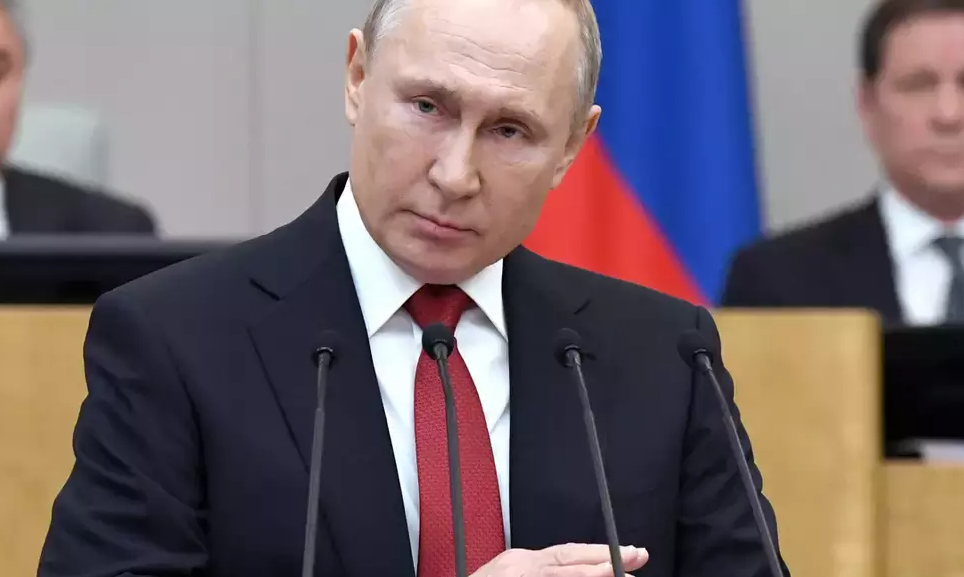 |
| Russian President Vladimir Putin. (Photo: Economist Times) |
Russia now follows Trump's step
In early May, Russian President Vladimir Putin submitted legislation to parliament to formalize a Russian exit from the Open Skies treaty, said Reuters.
Russia’s Foreign Ministry said in a statement that the U.S. withdrawal from the Open Skies Treaty last year “significantly upended the balance of interests of signatory states,” adding that Moscow’s proposals to keep the treaty alive after the U.S. exit have been cold-shouldered by Washington’s allies. The ministry said Russia is now launching the relevant procedural moves to withdraw from the pact “due to the lack of progress in removing the obstacles for the treaty’s functioning in the new conditions.” The Russian parliament, which ratified the treaty in 2001, has voted in favor of leaving it.
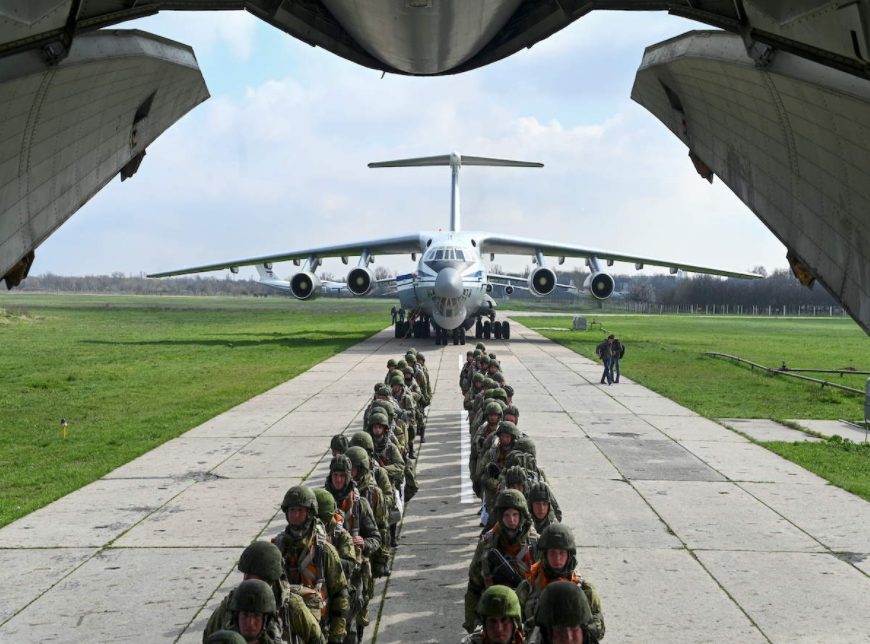 |
| Service members of the Russian airborne forces board an Ilyushin Il-76 transport plane during drills at a military aerodrome in the Azov Sea port of Taganrog, Russia April 22, 2021. (Photo: Economist Times) |
What's left for the world's arms control treaties system?
Since the end of the Cold War, international security is ensured through an arms control treaty system signed mostly between the US and Russia, among other nations. In June 2002, the United States unilaterally withdrew from the ABM (Anti-Ballistic Missile) treaty. On Aug. 2, 2019, the United States formally left the INF (Intermediate-Range Nuclear Forces) Treaty. As Russia and the USA both withdraw from Open Skies, the New START (Strategic Arms Reduction Treaty) is now the only major arms control treaty remaining.
The Strategic Arms Reduction Treaty, (START I) first proposed in the early 1980s by President Ronald Reagan and finally signed in July 1991, required the United States and the Soviet Union to reduce their deployed strategic arsenals to 1,600 delivery vehicles, carrying no more than 6,000 warheads as counted using the agreement’s rules. The treaty was gradually replaced by START II, SORT, then the New START, which limits each side's weapons to 1,550 strategic nuclear warheads deployed on 700 strategic delivery systems (ICBMs, SLBMs and heavy bombers) and limits deployed and nondeployed launchers to 800.
The United States and Russia agreed on Feb. 3, 2021, to extend New START by five years, as allowed by the treaty text, until Feb. 5, 2026.
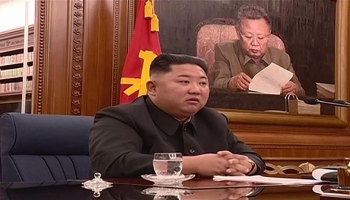 | North Korea's Kim Jong Un leader vow to further bolster nuclear deterrence North Korean leader Kim Jong Un convened a key military meeting to discuss bolstering the country’s nuclear arsenal and putting its armed forces on ... |
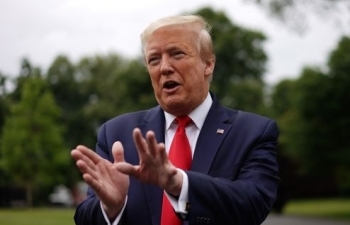 | US to withdraw from Open Skies Treaty, as Trump blames Russia The United States announced its intention on Thursday to withdraw from the 35-nation Open Skies treaty allowing unarmed surveillance flights over member countries. |
 | Vietnam reaffirms support for nuclear non-proliferation treaty Ambassador Dang Dinh Quy, head of Vietnam’s Permanent Mission to the United Nations, has reaffirmed Vietnam’s strong support for the realization of the Treaty on ... |
Recommended
 World
World
Thailand Positions Itself As a Global Wellness Destination
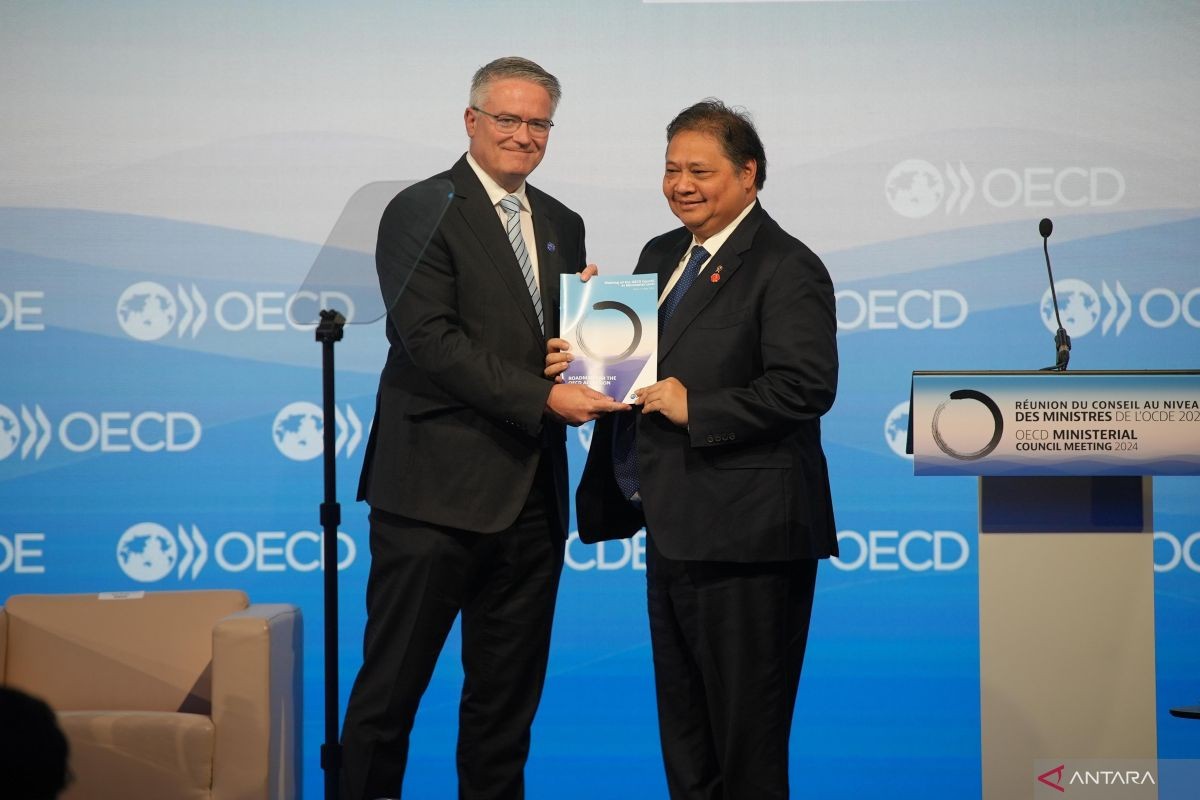 World
World
Indonesia Accelerates Procedures to Join OECD
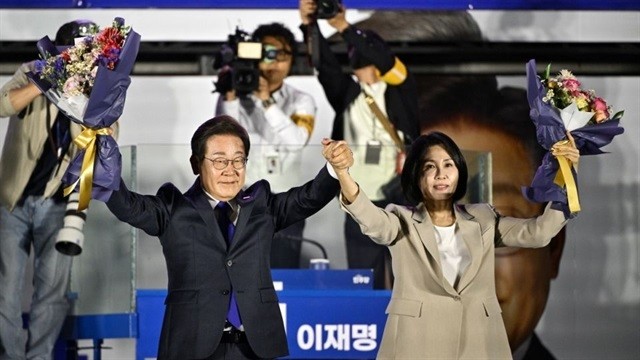 World
World
South Korea elects Lee Jae-myung president
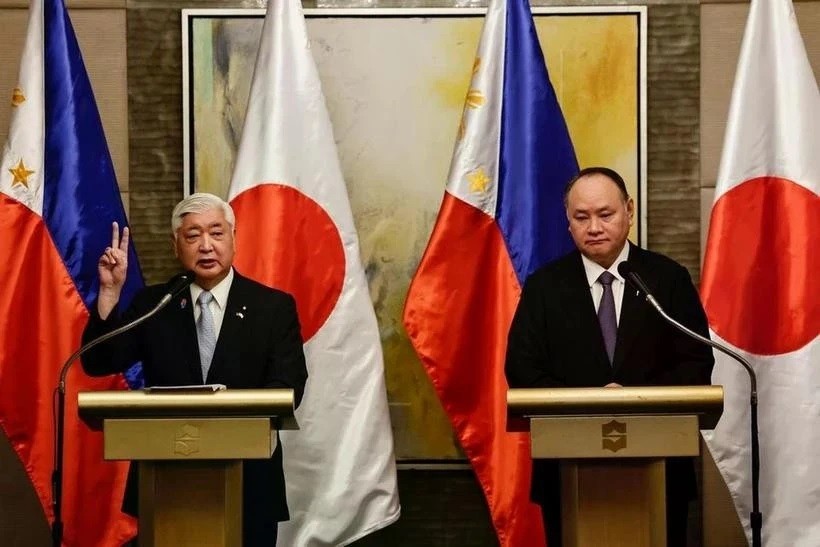 World
World
22nd Shangri-La Dialogue: Japan, Philippines boost defence cooperation
 World
World
Pakistan NCRC report explores emerging child rights issues
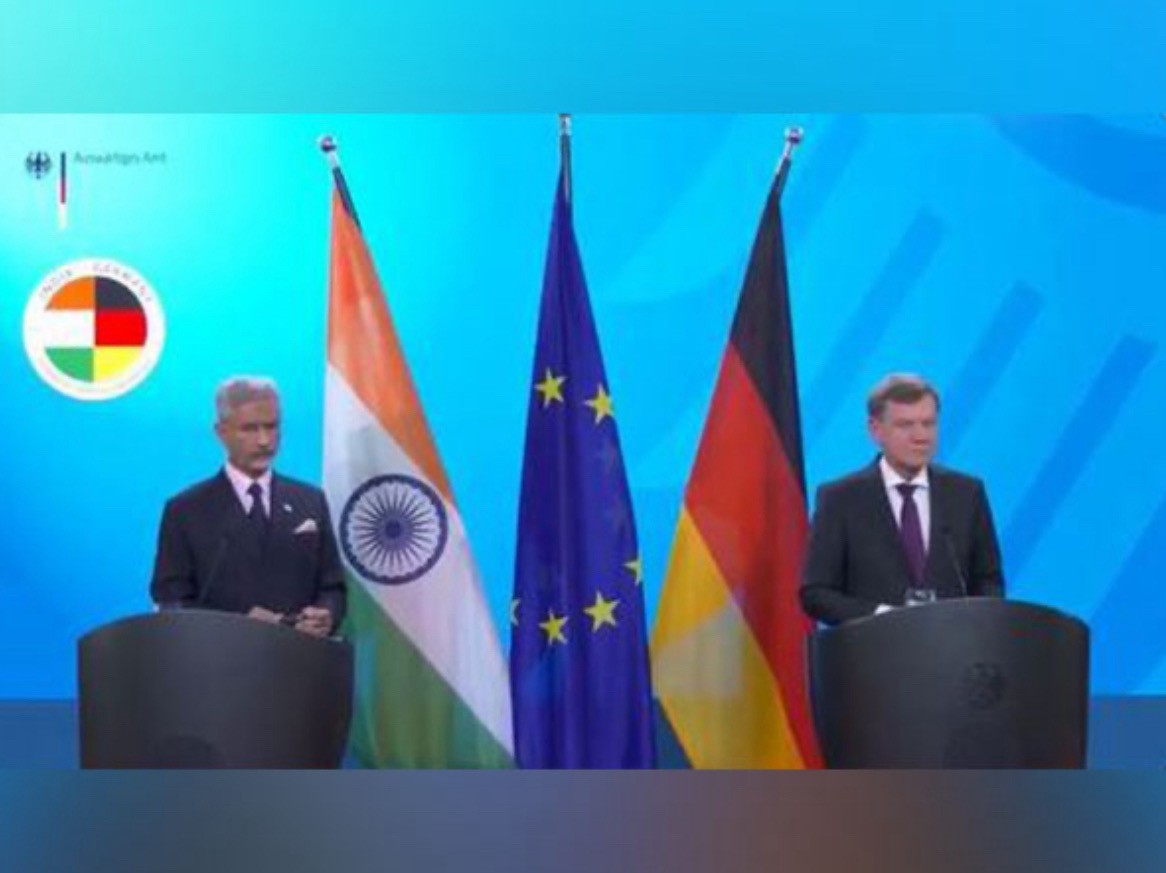 World
World
"India has right to defend herself against terror," says German Foreign Minister, endorses Op Sindoor
 World
World
‘We stand with India’: Japan, UAE back New Delhi over its global outreach against terror
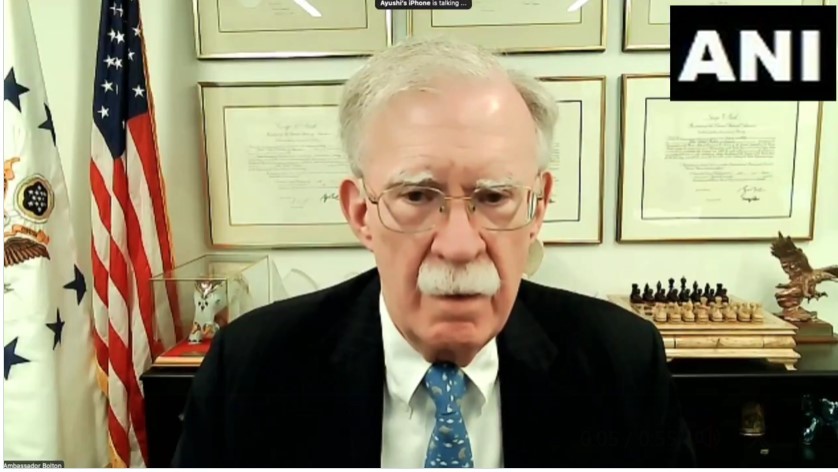 World
World


